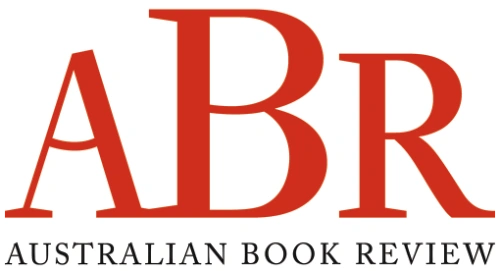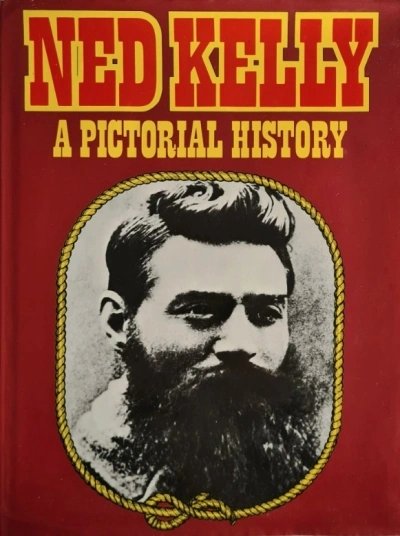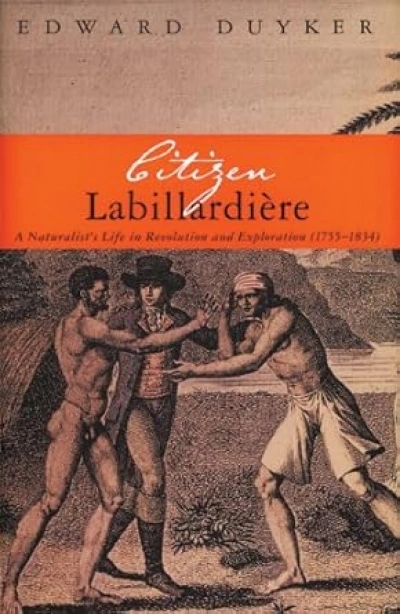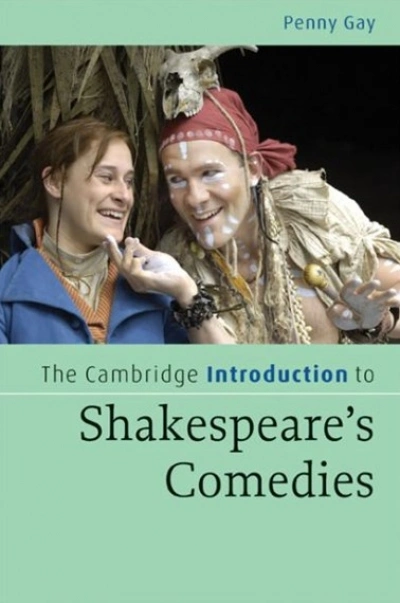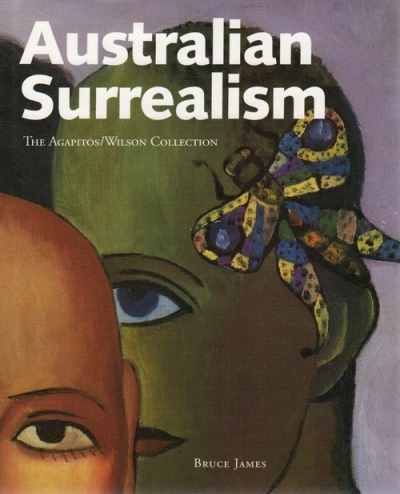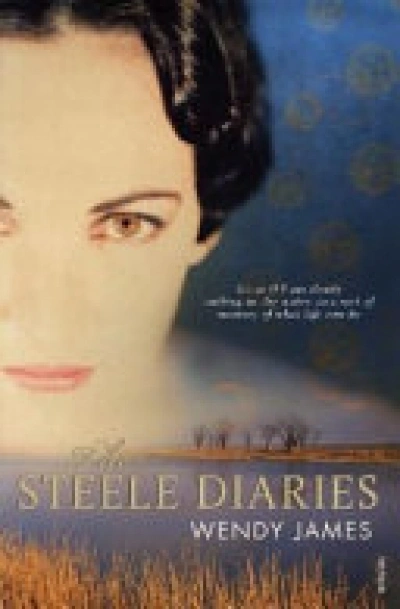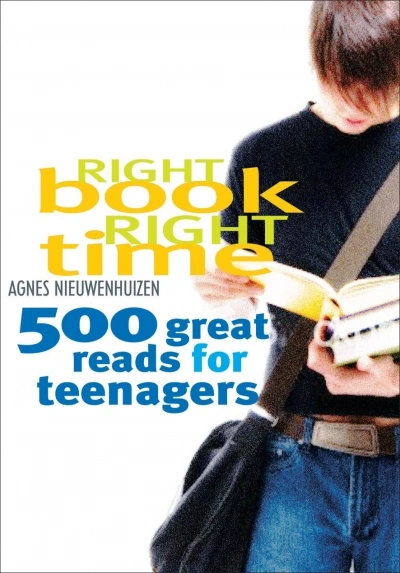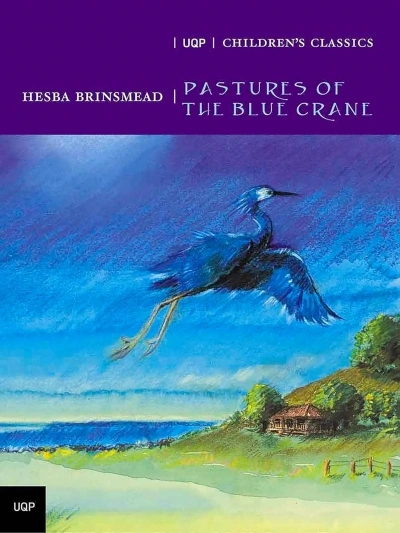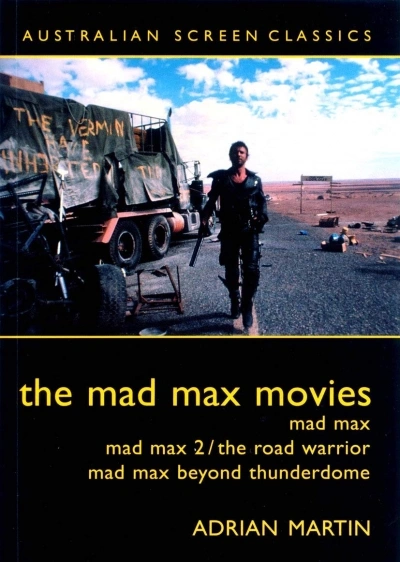Reviews
Ned Kelly: A Pictorial History by George Boxall & The Kelly Years by Graham Jones and Judy Bassett
Citizen Labillardière: A naturalist’s life in revolution and exploration (1755-1834) by Edward Duyker
Making sense of the randomness of human existence, stories present an adult perspective as to how best we can conduct ourselves. Nearly all children’s books carry the message that society must be accommodated and that there is a way of behaving that will allow that to happen. These seven picture books tell a story and supply visual images to reinforce the telling. (Bruce Whatley’s is slightly different, a lesson in natural history that follows a successful hatchling to its adult destination.) In four of them, the pictures are expressionistic revelations of the emotions informing the text. The other three present a more complex visual vocabulary, from the dark painterly scenes of Whatley’s Galapagos to the stark childish representations of the two Dreaming narratives.
... (read more)The Cambridge Introduction to Shakespeare’s Comedies by Penny Gay
Australian Surrealism: The Agapitos/Wilson Collection by Bruce James
Right Book, Right Time: 500 Great reads for teenangers by Agnes Nieuwenhuizen
It is one thing for Macbeth (of whom more in a moment) to chide himself for ‘vaulting ambition’; it is not, though, the first stick we would choose to beat Australian cinema with. Now, with 2006 nearly over and everybody saying what a good year it has been for local films, I want to identify ‘ambition’ as a key element in the making of this ‘good year’.
... (read more)